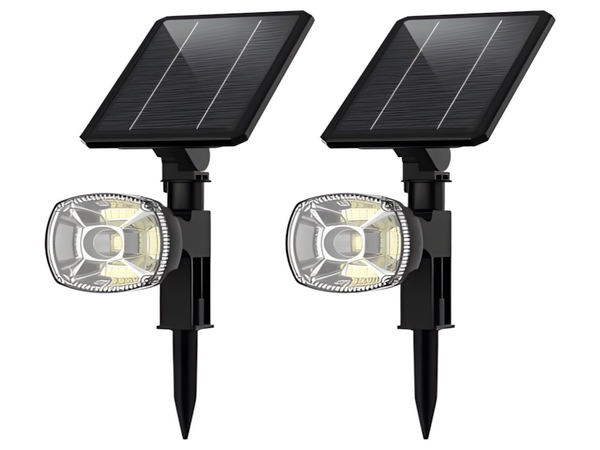

Solar street lights use solar energy as a power source to provide nighttime road illumination. The lamp poles and battery components are designed in an integrated manner, featuring wind resistance and utilizing intelligent charge and discharge systems along with microcomputer lighting controls. Solar street lights are also characterized by easy installation, as they do not require wiring or excavation during setup, providing great convenience for users. So how can one determine if solar street lights are suitable for installation? Below is an introduction by an actual solar lighting editor.
1. Are the power facilities complete?
Although our country has achieved household electricity access, this only applies to individual homes, and outdoor lighting is still inadequate. Therefore, when considering outdoor lighting installation, the first thing to assess is the completeness of power facilities.
Traditional electric street lights require cable laying before installation, involving excavation of cable trenches and other foundational work. Solar street lights, however, do not require such works and only need a base pit dug, thus avoiding many complications. Therefore, if the power facilities are not complete, it is better to opt for solar street lights for outdoor illumination.
In areas where the power facilities are relatively complete, one can selectively install either electric street lights or solar street lights.
2. How often does continuous rainy weather occur?
When installing solar street lights, a common concern is what to do if the energy storage is insufficient to provide adequate illumination at night. Thus, this factor should also be considered during installation.

Generally, solar street lights can maintain lighting for about 3 to 5 days on a full charge, which is sufficient for most areas. Therefore, for many regions, installing solar street lights is relatively suitable. To achieve better lighting results, the power of solar panels and the capacity of batteries must be appropriately configured to meet lighting needs.
Of course, if the weather conditions in the area are extremely adverse, one might consider installing electric street lights.
3. Are you looking for green alternatives?
In many aspects of life, we advocate moving towards green and environmentally friendly options, and lighting is no exception. Therefore, when choosing outdoor lighting, if this factor is considered, selecting solar street lights would be more appropriate.
Firstly, these lights are powered by solar energy, operating independently and without the energy loss that occurs in electric street lights through cables, thus saving more energy. Moreover, solar street lights are generally equipped with LED light sources that do not release carbon dioxide or other harmful substances during operation, better protecting the environment.
That’s all for how to determine if solar street lights are suitable for installation. Solar street lights require no cable laying, do not need AC power supply, and incur no electricity costs; they use DC power supply and control. They are mainly suitable for illuminating places such as urban roads, community squares, industrial parks, tourist attractions, and park green belts.



